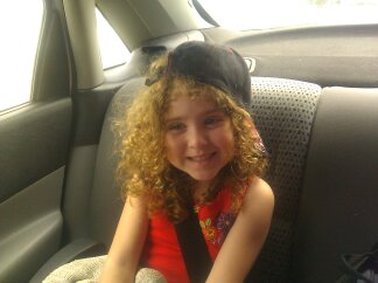
The argument had the volume, language, and tone of a rough and tumble marital fight. And Reese was there, more or less, for most of it. We tried to move Reese out of the battlefield and into a different room, but she has never been good at staying in a different room when we want her to.
Reese kept coming back. She didn’t cry or really seem that upset, but, nonetheless, she was there to witness too much.
I’d like to say that her presence just shut down the argument, but it didn’t. However, at a point along the way we paused, picked Reese up, kissed each other, kissed Reese, and told her that we loved her and that we loved one another.
I don’t know what part of all that is “good” parenting and what part is “bad” parenting, although I have my guesses. But what I do know is that picking Reese up and affirming love in the midst of the conflict had a powerful and positive experience on me.
For one thing, it kept me grounded. The fight was over real issues, and the emotions boiling over were certainly real. But embracing Reese and reaffirming love in the midst of it called me to remember that the love present was much bigger and more powerful than the issues over which we fought. In other words, the love that binds us together was stronger than the anger working to divide us.
In an odd way it’s like Communion at the Table of Jesus. When we share the Table, we pause in the midst of an often conflicted, arguing world. We take food and drink to our lips. We recall that that this food and drink makes real to us the love of God known in the broken body of Jesus.
And this love far outweighs whatever divides. This grace, and not the rage, is at the center of all.
In picking up and loving on Reese, I also saw a new angle on a Bible scene I’d replayed in my mind for years. In Matthew chapter 18 the disciples are having an ugly debate, perhaps even a fight. They are wrestling over who is the greatest disciple. At that moment in the story, Jesus calls a little child forward and places her among his disciples.
Maybe the child was a stranger, or maybe she was one of the disciples’ own children. Maybe part of Jesus bringing the child into their midst was a way of saying something about accountability, about his disciples coming to their senses. Maybe a little bit of the scene is Jesus saying through the presence of the child, “Do you want to act like that in front of this little one?”
No, Jesus, I don’t want to be like that. I want to show this child your love flowing through me. And so, again and again, I come to your Table of peace. May your Life be food and drink for our lives as we play our parts in a beautiful but angry world. And may we always remember that your love is more than whatever seeks to divide us.
 RSS Feed
RSS Feed